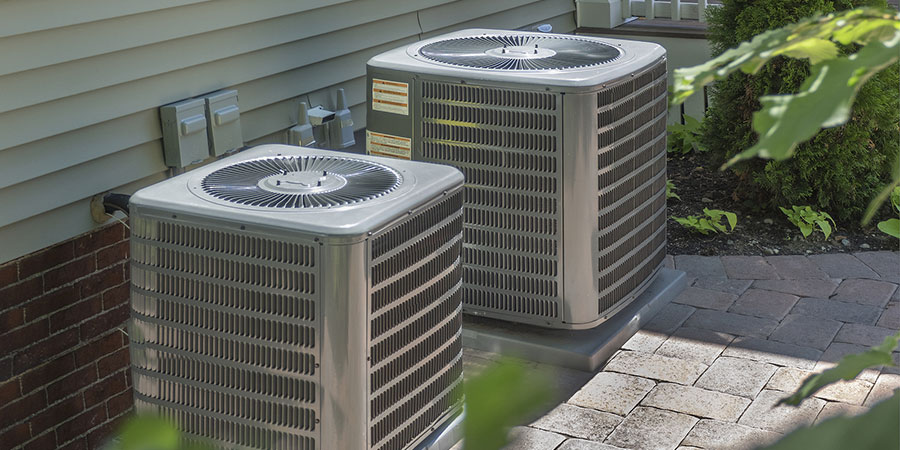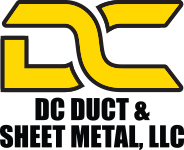

There has always been a rigidness towards changing the design of HVAC duct systems. This reluctance to embrace spiral flat oval duct systems over the conventional rectangular ducts was a result of a widely circulated article in the ’80s that claimed that oval ducts were outrageously expensive, which is absolutely not true. Apart from this fallacy, there are some real advantages spiral flat oval ducts have over rectangular duct systems.
Constructed to Reduce Pressure Loss
Pressure duct manufacturers construct pressure ducts under a set of guidelines called the SMACNA HVAC Duct Construction Standards. Sizing of all duct systems, be they rectangular or oval ducts, must begin with rounded ducts, which are then converted to rectangular or flat oval ducts that have the same pressure loss per 100 ft or maintain the same velocity as the rounded systems. Though the sizing is arrived at mathematically, rectangular ducts have shown to have greater pressure loss and more noise production that oval ducts. This reduced pressure results in more balanced systems that are more energy efficiency.
Great Insulation
There is a huge cost advantage oval ducts have over rectangular ducts when it comes to their internal insulation. While rectangular ducts have glued and pinned duct liners, round and flat oval ducts have double walls for insulation purposes. Ducted liners are more expensive than double walls, are an archaic technology and are difficult to install. Double walls also do a better job of insulation than duct liners, and they also do oval duct services great service by making the installation easier.
Though rectangular ducts are nowadays adopting double walls for insulation, they are more expensive to install on rectangular ducts than on oval ducts.
Less Leakage
Probably the most notable advantage of oval ducts over rectangular ducts is that the former leaks less. Oval ducts have 50% less leakage than oval ducts because of their build. Unlike rectangular ducts, flat oval ducts have no longitudinal seams to seal. Instead, oval ducts have minor leakages because of their spiral seams. So negligible is the leakage that spiral ducts have earned their sealing exemption per ASHRAE standard 90.1. What’s more, oval ducts have significantly lesser duct joints than rectangular ducts- more than half as less. Since a lot of leakages occur at the joints, lesser joints on the oval ducts translate to lesser leaks overall.
ASHRAE Recommended
The ASHRAE standard 90.1 energy code is a compilation of codes that are a culmination of research and tests to help design engineers in creating more balanced and efficient systems. The updated ASHRAE 90.1 confirms something that most oval duct services companies and building contractors have suspected for many years, duct systems leak too much and have cost companies billions of dollars. What’s more, there is a lot of debris collected in industrial duct collection systems that account for a further 42% loss in efficiency.
Overall oval ducts are less expensive than rectangular ducts both in terms of acquisition and installation. There are also plenty of oval duct services across the country that are ready to help you out at any time.


